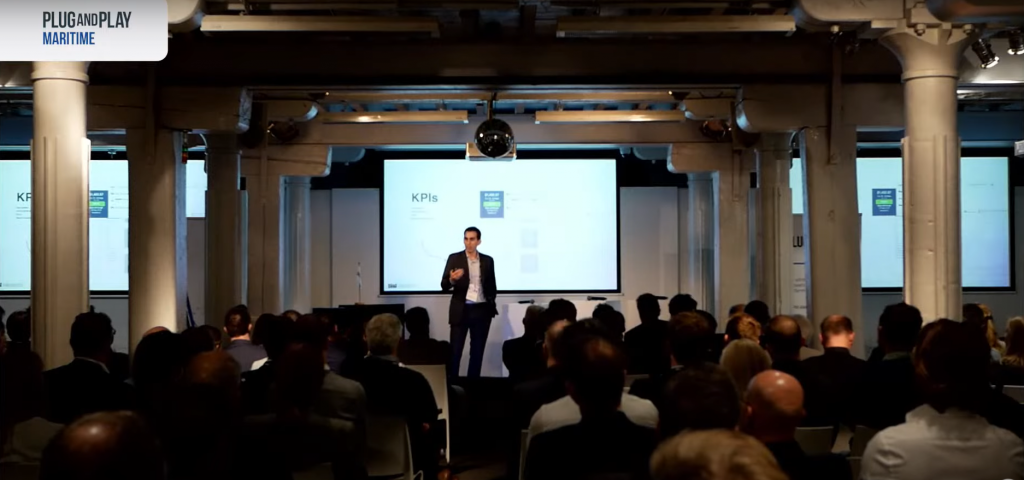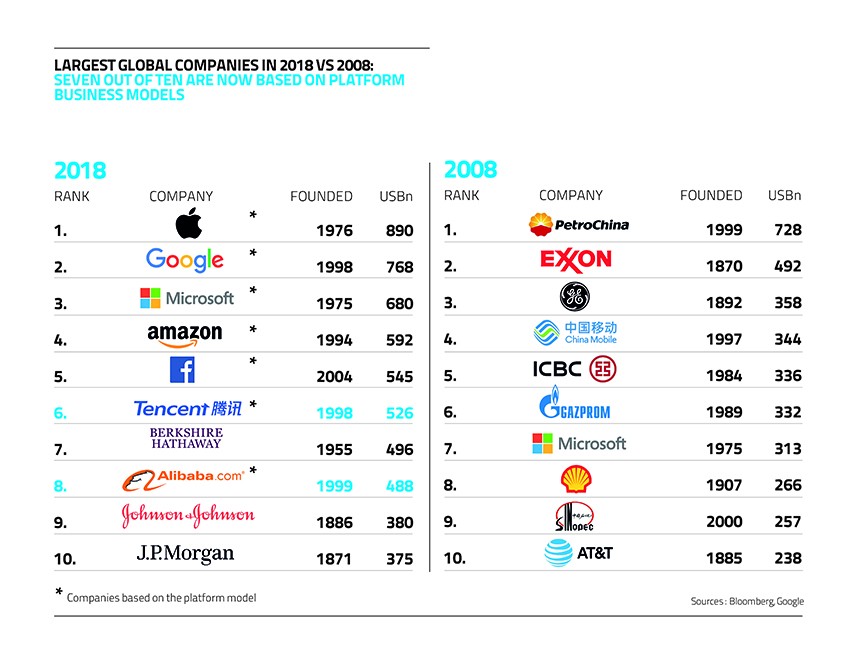The Future of Maritime Demands Stepping Out of (Internal) Comfort Zones

This article is based on a presentation given by Daniel Bataller, VP Global Operations at WebCargo, at the October 2021 Plug and Play Maritime Kick-off in Antwerp.
“We bring freight into the 21st century.” and other overused, patently false statements
We can all agree that the logistics industry is in desperate need of digitization, but often tech companies in the space will describe their value as: “We bring freight into the 21st century.”
While we’ve certainly said that once or twice ourselves, it’s not really accurate.
Throughout the supply chain, you can find examples of sophisticated technology. After all, tech is currently keeping an industry in crisis afloat. It’s how we can track soaring freight rates and dwindling available capacity. It’s behind the picture of those congested dots right outside Long Beach, too.
From internal automation to external connectivity
My very first job at Freightos was helping large freight forwarders implement rate management software around the globe.
At the time, our focus was streamlining rate distribution, reducing costly pricing errors, and speeding up quoting times – positively impacting their bottom line through internal automation, all using WebCargo AcceleRate.
These days though, external connectivity reigns supreme, and platforms have overtaken products and services as the leading revenue drivers for many of the most valuable companies.
We experienced this shift first-hand over the pandemic. As many of us began working from home, collaboration became a key driver to progress, innovation, and teamwork. And frankly, using platforms like Google Docs is much easier than emailing MS Word documents back and forth.
Digital Air Cargo (DAC) in action
At WebCargo we had front row seats to the COVID-induced transformation of the airfreight industry.
Rising demand (mainly from PPE) and reduced capacity (due to fewer passenger flights) lead to a reckoning.
Many airlines first defaulted to old-school approaches: like chartering planes and even strapping in boxes to main-deck seats. But additional pressures quickly became catalysts for change.
Rate sheets – which even in the best of times may have only been updated twice a year – were suddenly the cause of a collapsing system. The lanes laid out in the most recent rate sheets weren’t very representative of the limited flight routes, and the pricing most certainly wasn’t either.
Those who were able to quickly pivot from internal automation to external connectivity however, succeeded. Airlines that shared their real-time capacity and pricing APIs with WebCargo saw a combined increase of 22,000% in eBookings over the past two-year period.
Forwarder?
Get started with eBooking nowThe ocean freight dilemma
The key question is if we can all inspire the same level of connectivity for ocean freight.
Air freight had a slight head start in digitalization. Although it’s certainly not a 1:1 experience, most of these airlines have digitized passenger businesses that they were able to leverage for some general infrastructure and know-how.
Beyond that, some ocean players struggle with cultural changes, a desire to silo customer data, and managing conflicting internal processes.
And when ocean carriers do develop tech, it often ends up too niche for industry-wise use.
Even here though, we see that some companies have chosen to embrace robust digital paths.
Something new on the horizon
Maersk and Hapag-Lloyd have clear online distribution strategies., and LCL providers like ECU and Vanguard are also eager to experiment with platforms, and learn to improve their digital offerings.
I even remember one US-based forwarder who had Google Alerts set up for keywords around digital ocean freight platforms; they wanted to be the first to hear about new technology, try it out, and ultimately learn how to transform themselves.
As true as it is that a significant portion of the freight industry remains offline, the push towards external connectivity is pervasive across the logistics ecosystem.
In an early Freight in the Future episode, Robert Kunen from Air France/KLM said:
“Our distribution strategy was always based on the principle that you want to be where the customer is.”
That bullishness will pay dividends. Amazon, arguably the most successful company of the past several decades, has shown us the recipe for success: build it internally, perfect it, expose it externally. We can all learn from that.

